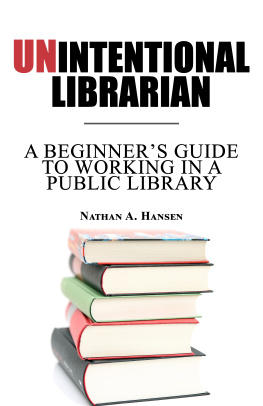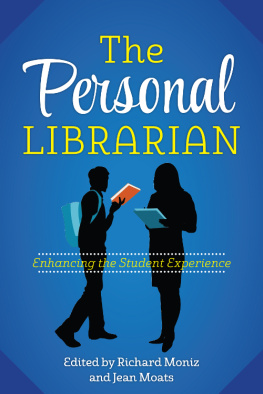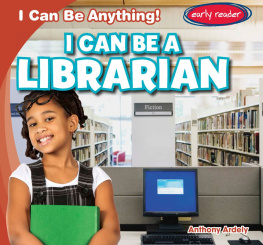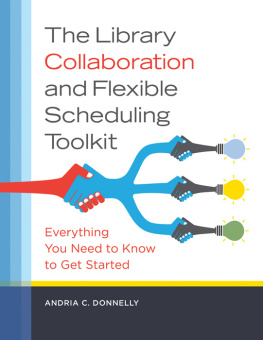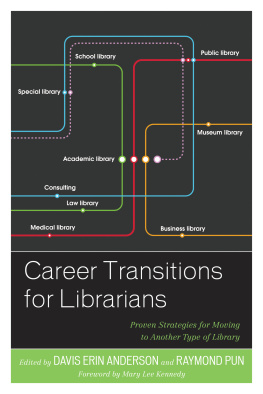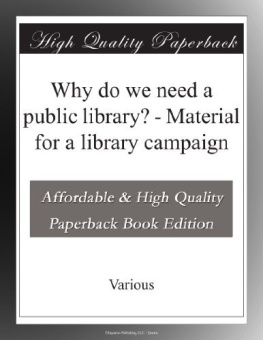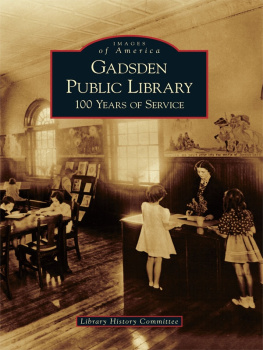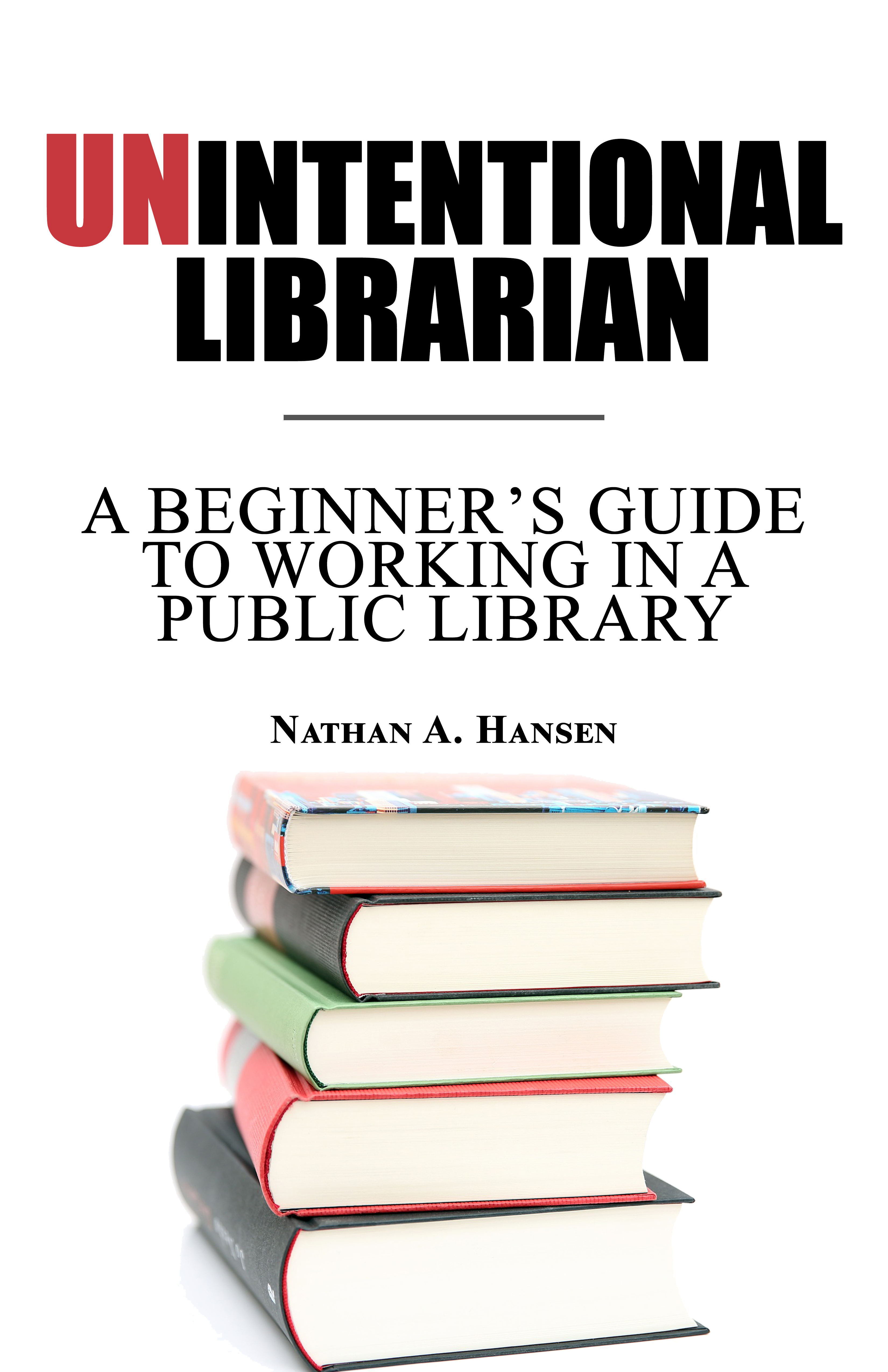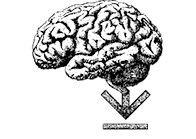2021 Nathan A. Hansen
Nathan A. Hansen
Unintentional Librarian: A Beginners Guide to Working in a Public Library
All rights reserved. No part of this publication may be reproduced, stored in a retrieval system or transmitted in any form or by any means, electronic, mechanical, photocopying, recording or otherwise without the prior permission of the publisher or in accordance with the provisions of the Copyright, Designs and Patents Act 1988 or under the terms of any license permitting limited copying issued by the copyright holder.
Published by: Scipionic Circle LLC
Post Falls, Idaho
Library of Congress Control Number: 2021915023
ISBN-13: 978-1-7376309-1-3
Nathan A. Hansen
Unintentional Librarian:
A Beginners Guide to Working
in a Public Library
Scipionic Circle LLC
UN INTENTIONAL
LIBRARIAN
A Beginners Guide
to Working in a
Public Library
Nathan A. Hansen
For my amazing past, present, and future coworkers.
Contents
Introduction
Chapter One: Service and Patrons
Chapter Two: Technology
Chapter Three: Programming
Chapter Four: Reader Advisory
Chapter Five: Searching
Chapter Six: Community Connection
Chapter Seven: Privacy
Chapter Eight: Collection Management
Chapter Nine: Item Repair
Chapter Ten: Other Stuff
Chapter Eleven: Outlook
Appendix
Introduction
This book isnt intended to be an instruction manual on how to run a public library. It isnt a substitute for learning the nuances that completing a Master of Library and Information Science degree or years of experience can provide. It is a ten-thousand-foot overview for those who, like me, find themselves, or even aspire to be, an unintentional librarian.
Lets start things off on the right foot. There is a difference between a Librarian, with a capital L, and a librarian, lowercase. The former is a professional who has completed a Master of Library Science or Master of Library and Information Science degree and works in a library. The latter is what the general public titles anyone working in a library. If you work in a library, to them, youre a librarian. For example, Ive worked as a circulation specialist, a circulation supervisor, and now an information specialist for a public library district. I dont hold a masters degree in anything. The majority of the public doesnt recognize the difference between those positions and a capital L librarian. This is not a phenomenon that exists only in the United States. Ive traveled to China and Mexico since working for my library, and people in those countries generally associate working in a library with being a librarian too.
You dont usually need a Master of Library and Information Science to work in a public library or in many cases a library at all. In fact, the head librarian for the Library of Congress isnt required to have one, and the person holding that position didnt have one until Carla Hayden became the head librarian in 2016. Thats two hundred and fourteen years after the first Head Librarian for the Library of Congress was appointed to the position and one hundred and twenty-nine years after the first library school was established. I dont know about you, but that is much later than I would have thought.
This book focuses on working in a public library. That is often much different from working in academic, school, private, medical, or law libraries, but many things will overlap. A public library usually has a broader demographic of users. Users span socioeconomic strata, race, gender, age, religions, and other labels we tend to assign to larger groups of people. In those other libraries, you may have users spanning a few of those groups, but rarely will you see all of them. For example, a school librarian may have users that span different socioeconomic backgrounds, genders, and even children experiencing homelessness, but they are all going to be within a particular age span that is limited. At a public library, you will deal with the public. All of it. That public represents the community you serve, allowing you to come to a much deeper understanding of that community. You will learn about things you never imagined would happen in your community and interact with segments of your society you may not have even known existed.
This book is separated into chapters based on topics that are big parts of working for a public library. If every new library employee knew the basics of whats contained in this book, they could focus on what makes each public library unique for its community on their first day. You can pick and choose what you are interested in learning more about and dive directly into those or you can read the whole thing cover to cover. Most importantly, you need to take what youve read here, walk the public library you hope to work for looking for how they deal with these topics, and experience it for yourself.
Im writing from experience on most of these topics and when Im not I will tell you and pull from experts who have the experience.
One key thing to remember is that there are a lot of ways to have a public library meet the goals of serving its public. The information you find between these covers is designed to give you a ten-thousand-foot view. That view isnt the only one that matters. Each library will tackle the processes, daily procedures, and solutions to specific problems in the way they feel best fits their community. This book is not the answer to everything you may encounter working in a public library, it is merely a look at what I have seen in practice so you can have an idea of what you MAY experience if you begin working in a public library.
Ill also cover the occupational outlook for library work and get into some of the reasons why I havent pursued a Master of Library and Information Science degree later in the book. While I dont want to discourage those who want to work toward a Master of Library and Information Science, or discount those who already have one, I will explore the reasons behind my personal decision not to and some reasons why you might consider putting in the work and expense to earn one yourself. Your decision should be yours. While my decision works for me, it may not be the right one for you.
You may be curious as to how I came to work in a public library. It was truly unintentional. You didnt pick up this book for me to bore you with my resume, but I took the circuitous route to find myself in the library. I started out in the landscaping industry, made my way into big-box specialty retail, where I worked as an operations and administrative manager, and wound up as a general contractor before branching into library work in 2016. Before coming to the library, I led teams ranging in number from three to nearly two hundred and formed a myriad of really great connections in my community, connections that only grew in my roles working for the library.
I love working for the public library. I get to help dozens of people each day in meaningful ways. I help them learn about topics they are interested in or need to know; I help grandmas learn how to use the iPad their granddaughter gifted them for Christmas; I help the person experiencing homelessness to have a sense of normalcy in their life; help people find and prepare for their dream career, or just the job they need; and so much more. Helping my community through working at the public library is the most fulfilling thing I have done in my career. If by the end of this book you decide you want to take that journey too, I hope you will find working for a public library as engaging, dynamic, and vital to the health of your community as I do.

